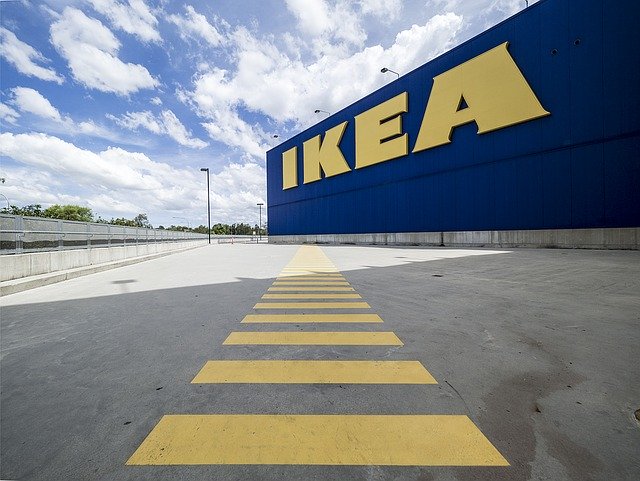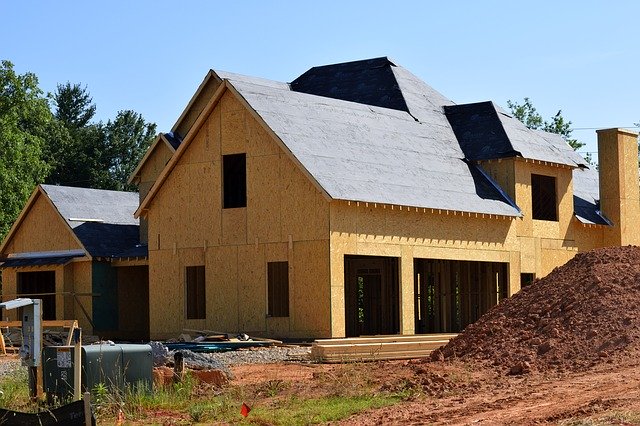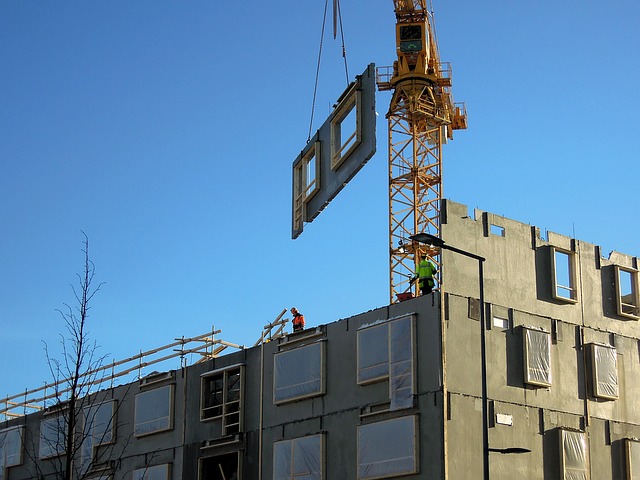24th February 2020
Ikea will bring green homes come to Britain. We’ve heard about Ikea’s green homes for a while now, but Boklok homes exchanged the first contracts last week. Ikea and Skanska own Boklok and it has built home in Scandinavia since the late 90s. The first British ones will be built in Bristol, Worthing and Peacehaven.
As you might expect, there is a focus on affordability. The sites will feature a mix of council housing, housing association homes and those for sale. Costs are kept down by running a low waste, low disruption model of construction using prefabricated elements.
Prefabrication still has a bad name in Britain. Enough cheap and cheerful housing was put up in the 1970s that people are suspicious of it to this day. Of the 200,000 homes built every year, just 15,000 are modular. But there are so many advantages to prefabrication that it is a revolution in construction that is just waiting to happen.

For a start, it’s much quicker on-site. Most of the work has happened already in the factory, where nobody takes the day off if it rains. The construction doesn’t need multiple deliveries, just to crane the pieces on its place, thus it needs fewer vehicle movements. Boklok can build an apartment in a single day. The quicker the build, the less annoyance there is for neighbours, and it keeps labour costs down.
High standards
You can also build to a very high standard. Walls or entire rooms can be built in factory conditions, where it’s easier to get good levels of insulation and air-tightness than out in the weather. You can test components and reject them if they’re not up to scratch, whereas a normal brick-built house will reveal its problems later, once occupied. And good luck getting a builder back to fix things months or years afterwards.

Prefabrication also reduces waste at the beginning and the end of the building’s life. First, you’re building indoors where produce less waste. You’re not improvising waste processing on-site with skips and bins and can have proper systems for dealing with offcuts and scrap. Boklok claims that they waste less than 1% of their materials. You can also design for disassembly so that buildings can be taken apart and recycled at the end of their usefulness, rather than demolished into a big pile of rubble.
Boklok builds in wood and delivers low carbon homes cheaply and quickly. It’s the kind of thing that Britain’s ongoing housing crisis needs. If the sector wasn’t dominated by a handful of large and complacent house-builders, we’d have seen it long ago. Boklok isn’t the only ones doing this, but it might be a high profile project that changes perceptions and opens up some new possibilities. So I hope it’s a success, and that these sorts of initiative begin to provide a bit of positive disruption to the industry.
Article first published at The Earthbound Report by Jeremy Williams on21/02/2020

